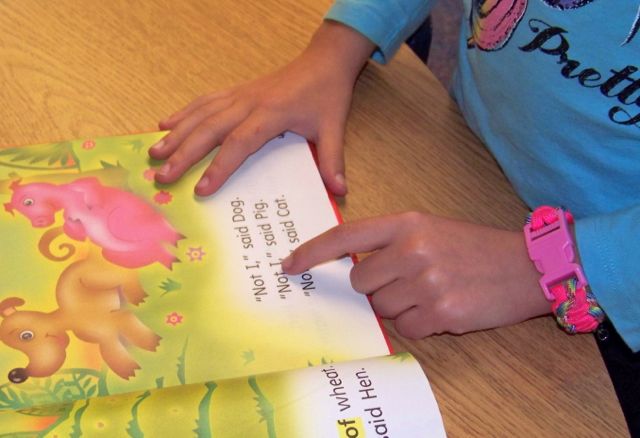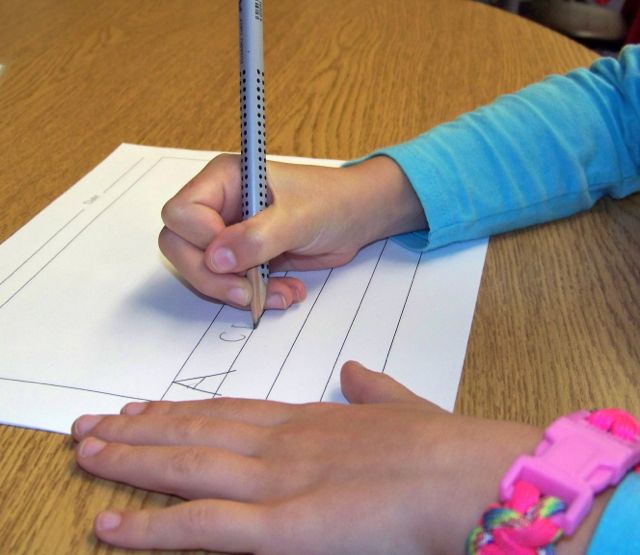
What Does It Mean to Have Dyslexia?
November 8, 2013
Success for Children with Learning Disabilities: the Role of Self-Awareness
November 22, 2013





I have heard the term “dysgraphia.” What does that mean? It sounds like dysgraphia would mean that your handwriting is hard to read.
The National Center for Learning Disabilities defines dysgraphia as “a learning disability that affects writing, which requires a complex set of motor and information processing skills… People with dysgraphia can have trouble organizing letters, numbers and words on a line or page.” School systems use the terminology Specific Learning Disability that would include Disability of Written Expression when they refer to dysgraphia.
A disorder in written expression is related to how thoughts are organized on paper. Evaluations of spelling, grammar, punctuation, and the development of sentences and paragraphs are part of the standardized assessment. Although poor handwriting can be a red flag for dysgraphia, it does not by itself constitute the disorder, and assessment of handwriting is not part of the evaluation for dysgraphia. If a student’s test results indicate performance significantly below grade level, the school team might determine that the child has a learning disability in written expression.
Direct instruction of the writing process can be of great benefit to these students. Some of the usual accommodations (supports) for students who have difficulty translating their thoughts onto paper are to make use of graphic organizers to help organize their thoughts visually, and to allow the use of a computer for written work. Spell check, grammar check and dictation software can be a great help to students who struggle with written expression. Of course, the type of support would depend on the age of the student.